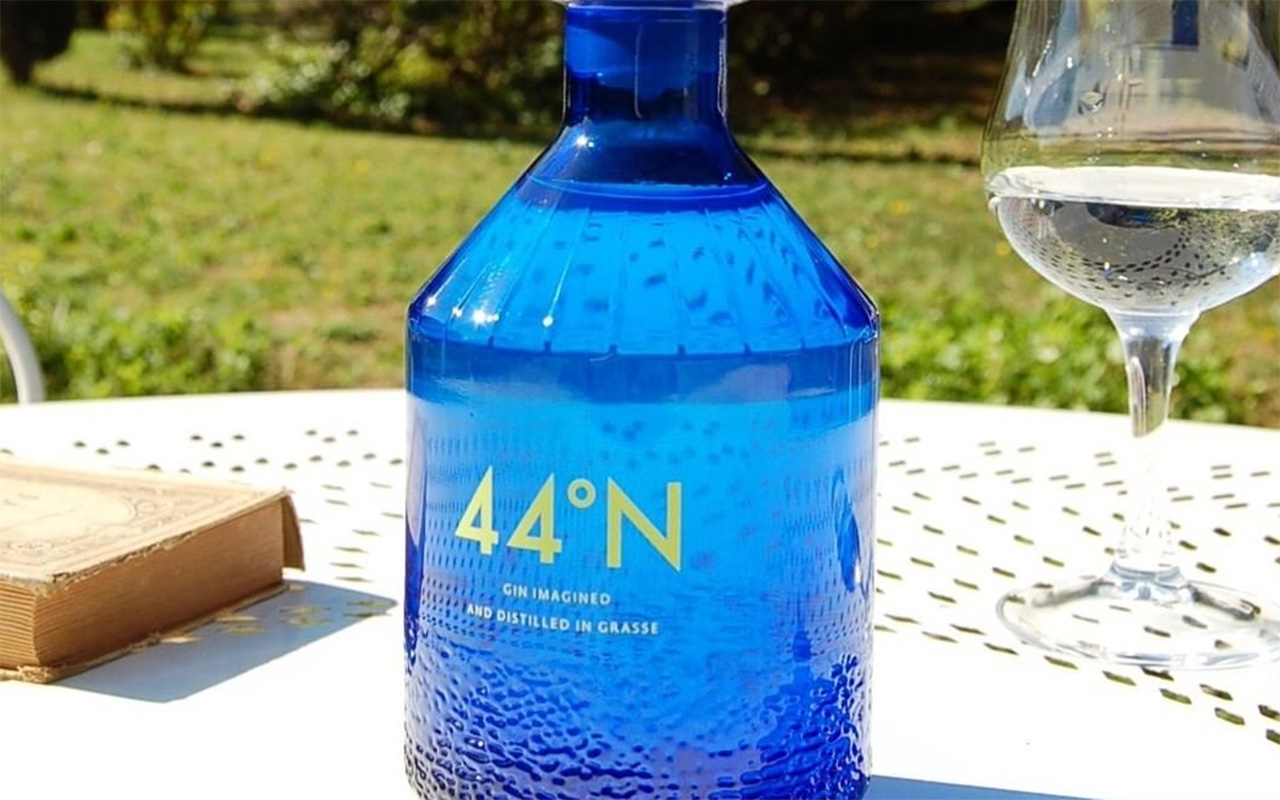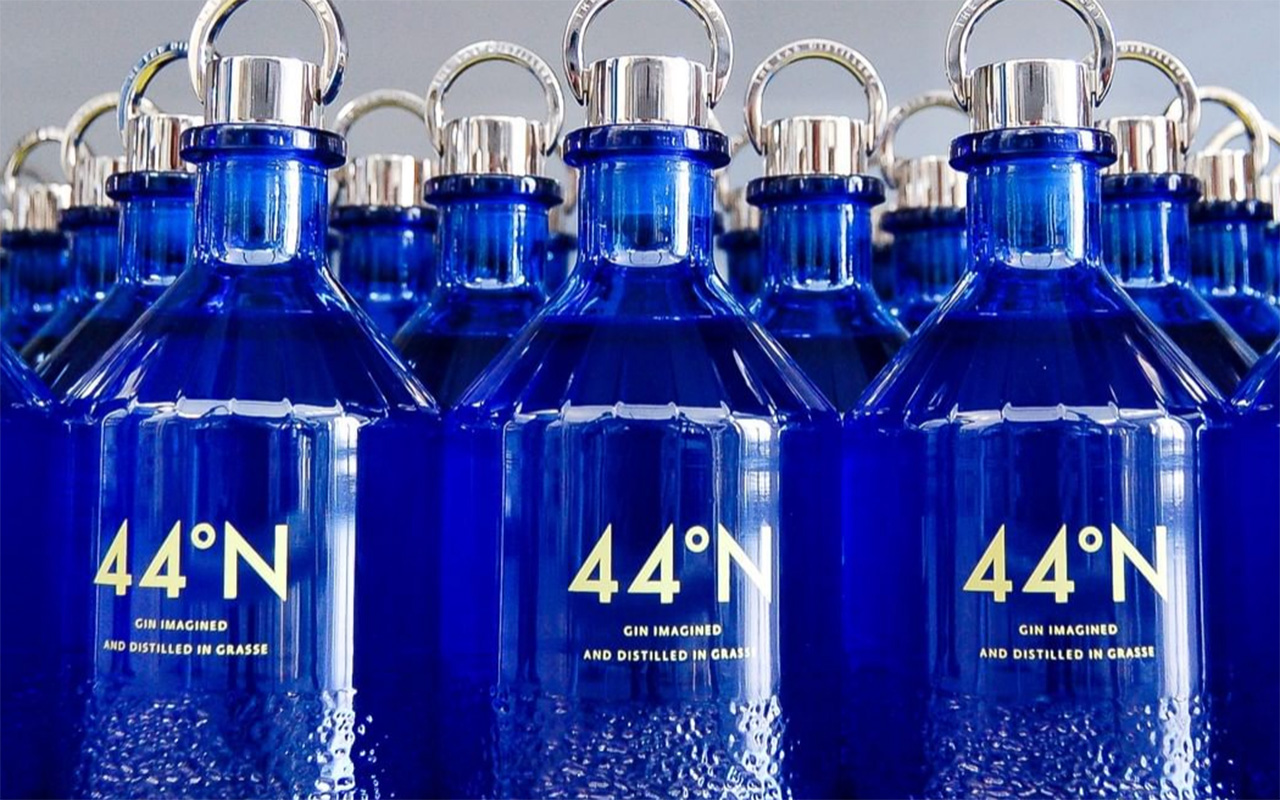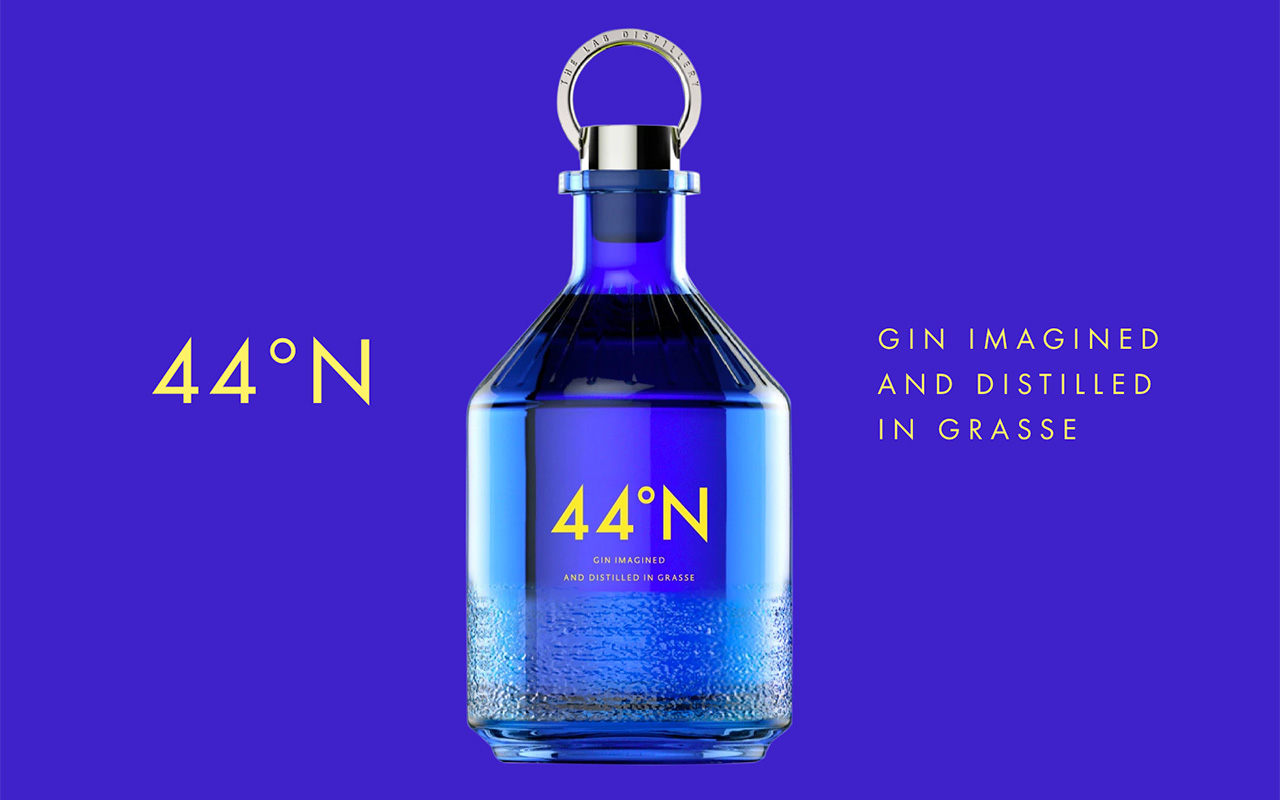It is important to know the origination of the 44°N Gin, as therein lies the secret to its making. Taking its name from the geographic coordinates of Grasse, 44°N is essentially a is cold, low pressure distilled gin, with botanicals included.
For those who don’t know it, Grasse is a town on the French Riviera and is situated in the hills north of Cannes. This region is known for its perfume industry. The heritage and legacy belongs to the likes of Musée International de la Parfumerie, in the town center. Fragonard, Molinard and Galimard, which are large perfumeries in the area – offer tours and show you how perfume is made.
Little Perfume-making Science Helps with Making Gin

The fragrance capital of the world has heavily influenced the making of this Gin. The botanicals that go into the making of this Gin include Angelica, Samphire, bitter orange, Alexanders seeds, dried Verbena leaves, Centifolia rose petals and Cade.
Taking inspiration from its surroundings, which include the deep blue Mediterranean Sea and the aromatic Provençal botanicals, the 44°N captures the energy of Mimosa and Immortelle, while using the modern gin distilling methods, along with cutting edge perfume extraction technology.
Bold Fusion of Flavors That Play with Your Senses

The way the makers put it – the blue in the bottle suggests the most abstract figure of nature, the sky and the sea. The French distiller Comte de Grasse or the Lab Distillery, use the ultrasonic maceration, vacuum distillation, and carbon dioxide supercritical extraction – in short the process to make perfume – as the science behind the distillation of their Gin.
The process is such that a batch of ingredients are macerated and then distilled and as this process is underway, carbon dioxide supercritical extraction is used to get essences from another set of ingredients. The next step is to combine the two batches, for the perfect Gin.
Comte de Grasse founder and CEO Bhagath Reddy believes that taking advantage of the ‘local environment, both social and physical, has been a real success of Comte de Grasse.’ The Gin tastes bright, tangy lemon and grapefruit-y along with unmistakable woody characteristics of the cade and juniper.
This process of distillation uses lesser energy and natural resources than traditional gin production, to get the effect that is required. Know more here.



